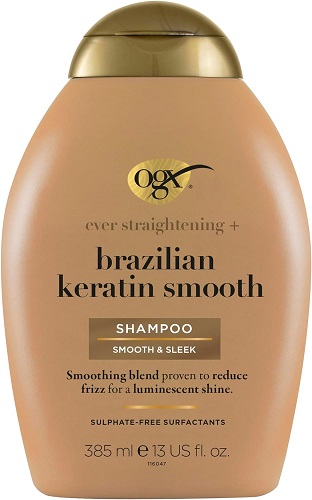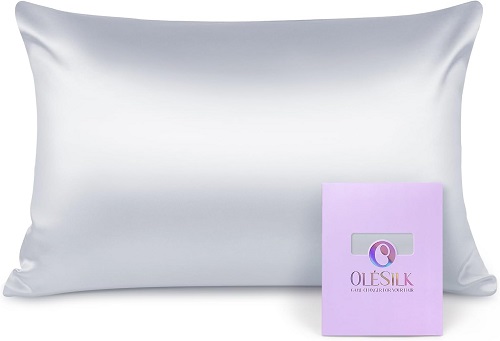
Frizzy hair can be a constant battle, leaving many of us feeling frustrated and defeated in our quest for smooth, silky locks.
I’ve been having this conversation with real life and online friends recently. Going into menopause has definitely affected the texture and volume of my hair. The picture above is my natural hair now, when left to air-dry, versus a smoother-haired picture from 2023:

I don’t mind my new wavy meno-hair really, I quite like the waves, but it’s the frizziness I can’t stand! So I’ve been looking into the ways you and I can try and combat the dreaded frizz.
With the right techniques and treatments, it IS possible to tame the frizz and embrace a beautiful mane. In this guide, we’ll explore the reasons behind frizz, the importance of hydration, and effective strategies for combating unruly hair.
Why Frizz Happens
First things first, let’s understand why frizz occurs. Frizz is often the result of dry, damaged hair cuticles that become raised and rough, allowing moisture from the air to penetrate and swell the hair shaft. This leads to the characteristic fluffy, unmanageable appearance we all know too well.
The Importance of Hydration
Hydration is crucial for combating frizz. Just as our skin needs moisture to stay soft and supple, our hair thrives when adequately hydrated. Dry hair is more prone to frizz, so keeping it conditioned is key. Regular use of moisturizing shampoos and conditioners, as well as weekly deep conditioning treatments or hair masks, can help restore moisture and improve the overall health of your hair.


Heat Tools and Styling Techniques

My hair recently after a blow dry – although I try not to use heat too often to reduce damage
Using heat tools wisely can also help tame frizz. Smoothing the hair surface with a hairdryer and brush held with tension can help to seal the cuticle and create a sleeker appearance. Straightening irons can also be effective for reducing frizz, although it’s essential to use them sparingly and with a heat protectant to prevent further damage.

Weather and Environmental Factors
Weather can also play a significant role in creating frizz. Humidity, in particular, can cause hair to swell and frizz up, especially for those with naturally curly or wavy hair. To combat this, consider using anti-frizz serums or hair oils to seal the cuticle and protect against moisture absorption.

Life Changes and Hair Health
Certain stages of life, such as menopause, can also affect hair condition. Hormonal changes during menopause can lead to dryness and brittleness, exacerbating frizz. In such cases, adjusting your hair care routine to include more hydrating products and treatments can help alleviate frizz and improve overall hair health. Taking a menopause supplement, biotin or collagen may help. (I personally feel as though HRT has helped restore some of the volume loss I experienced since going into the menopause.)
Professional Treatments
For those seeking more intensive solutions, professional keratin treatments can be effective in smoothing and taming frizzy hair. However, it’s essential to ensure that the treatment does not contain harmful chemicals such as formaldehyde, which can be damaging to both your hair and health.
Additional Tips
In addition to the above strategies, there are several other tips for managing dry, frizzy hair:
- Use a smoothing hair oil on dry hair to tame frizz and add shine.
- Spritzing a mist of conditioner mixed with water on dry hair can help to rehydrate and tame frizz throughout the day.
- Avoid over-washing your hair, as this can strip it of its natural oils and contribute to dryness and frizz.
- Invest in a silk pillowcase to reduce friction and prevent frizz while you sleep.

In conclusion, while frizzy hair can be a persistent challenge, it is not insurmountable. By understanding the causes of frizz and implementing effective hydration and styling techniques, you can achieve smooth, silky locks that are the envy of all. So embrace your natural beauty, and let your hair shine!



